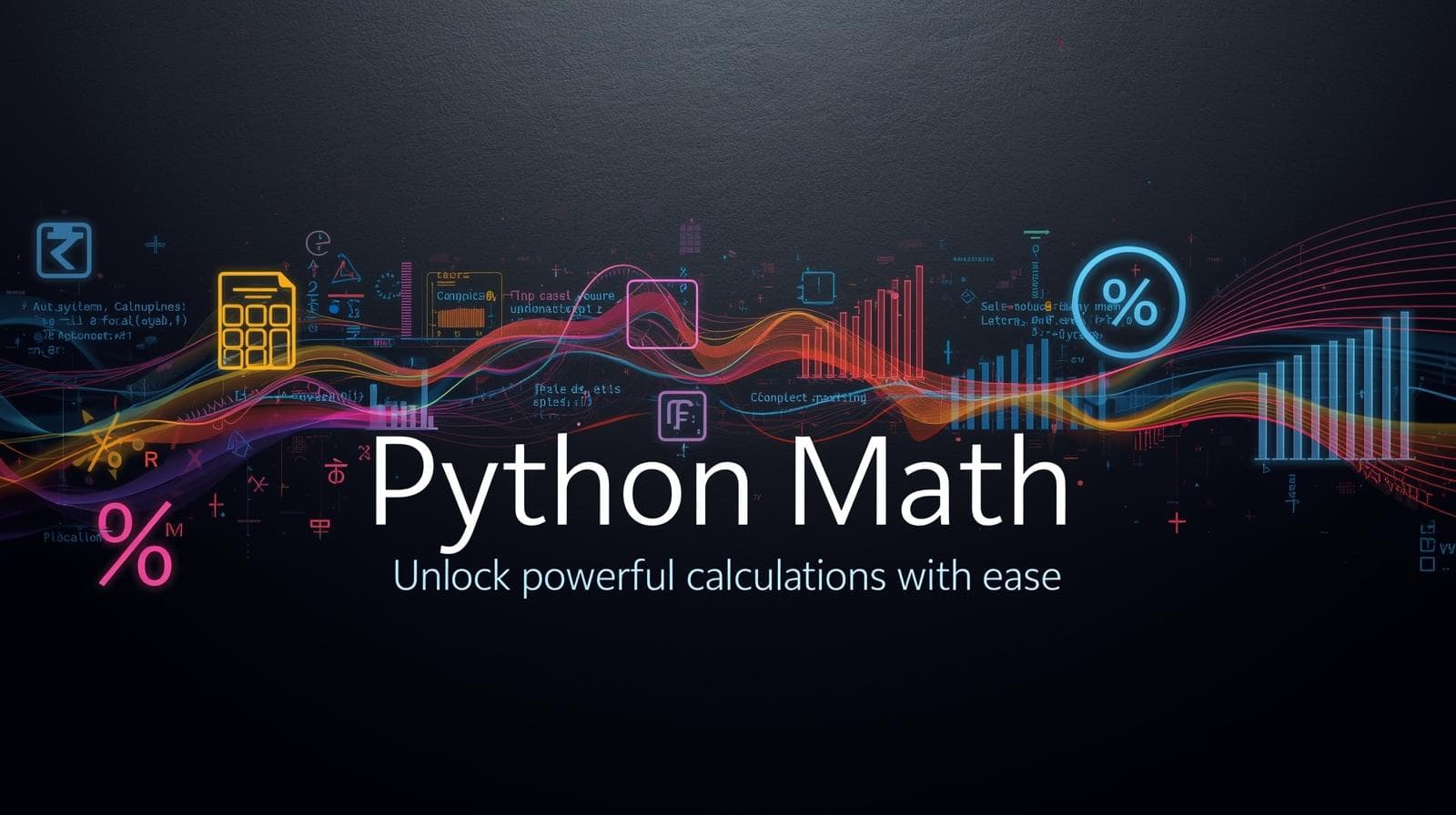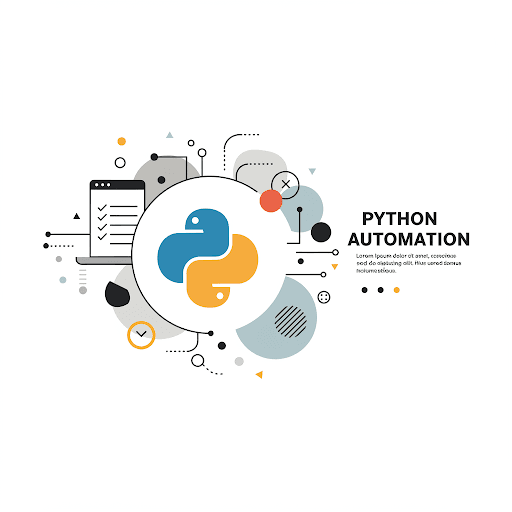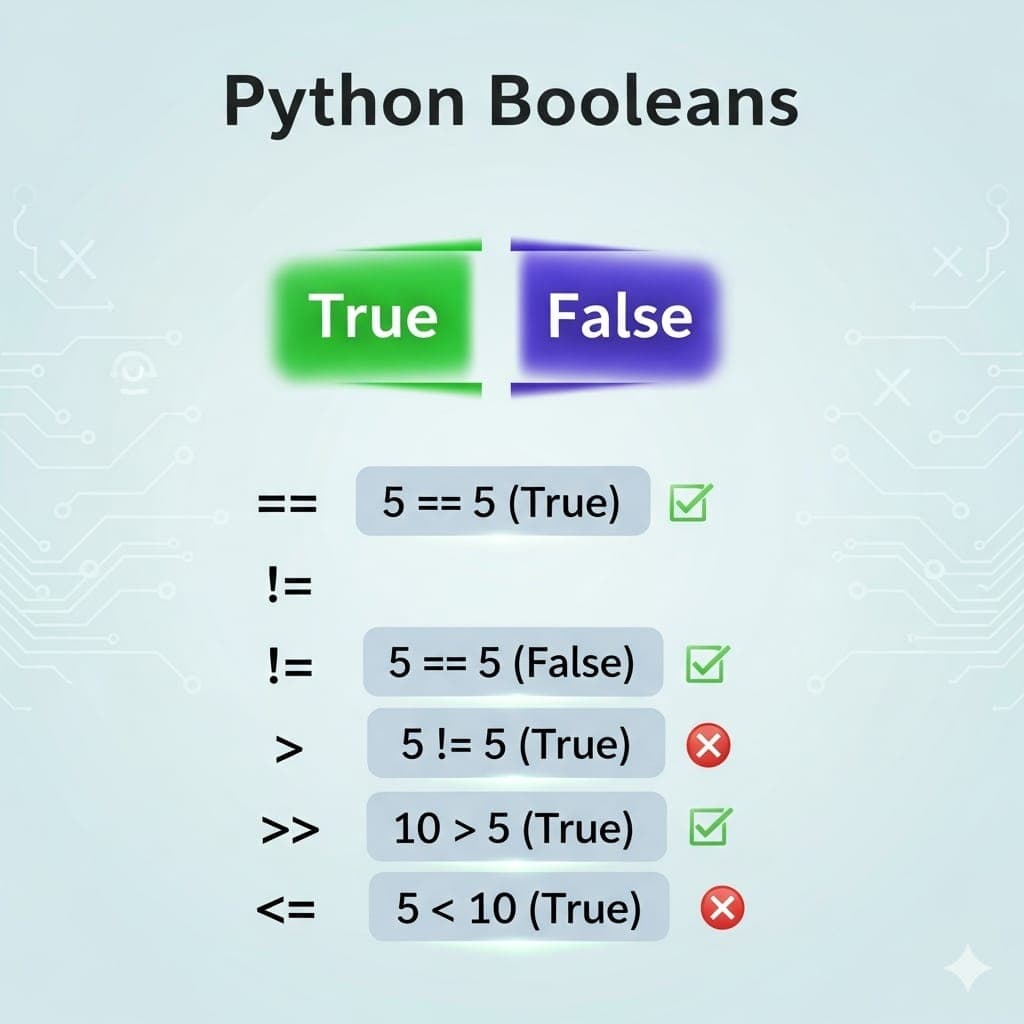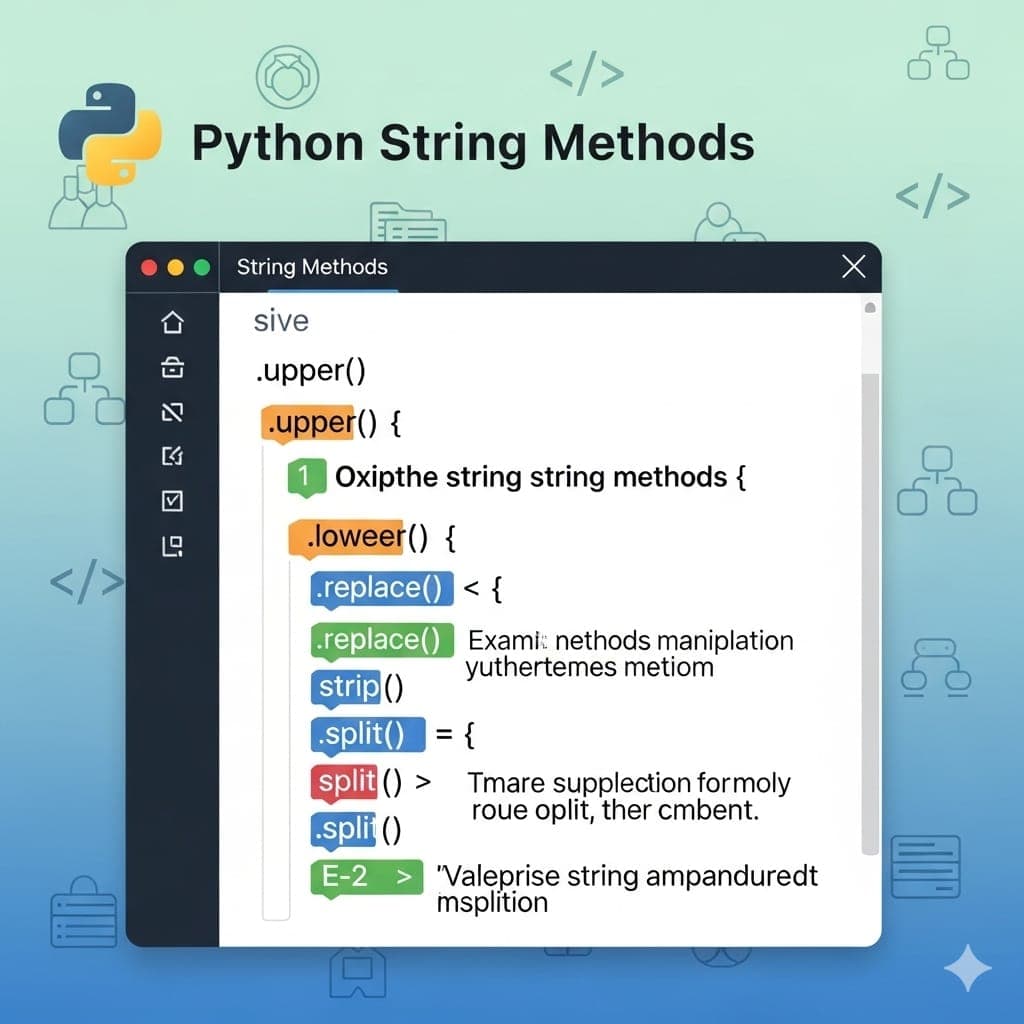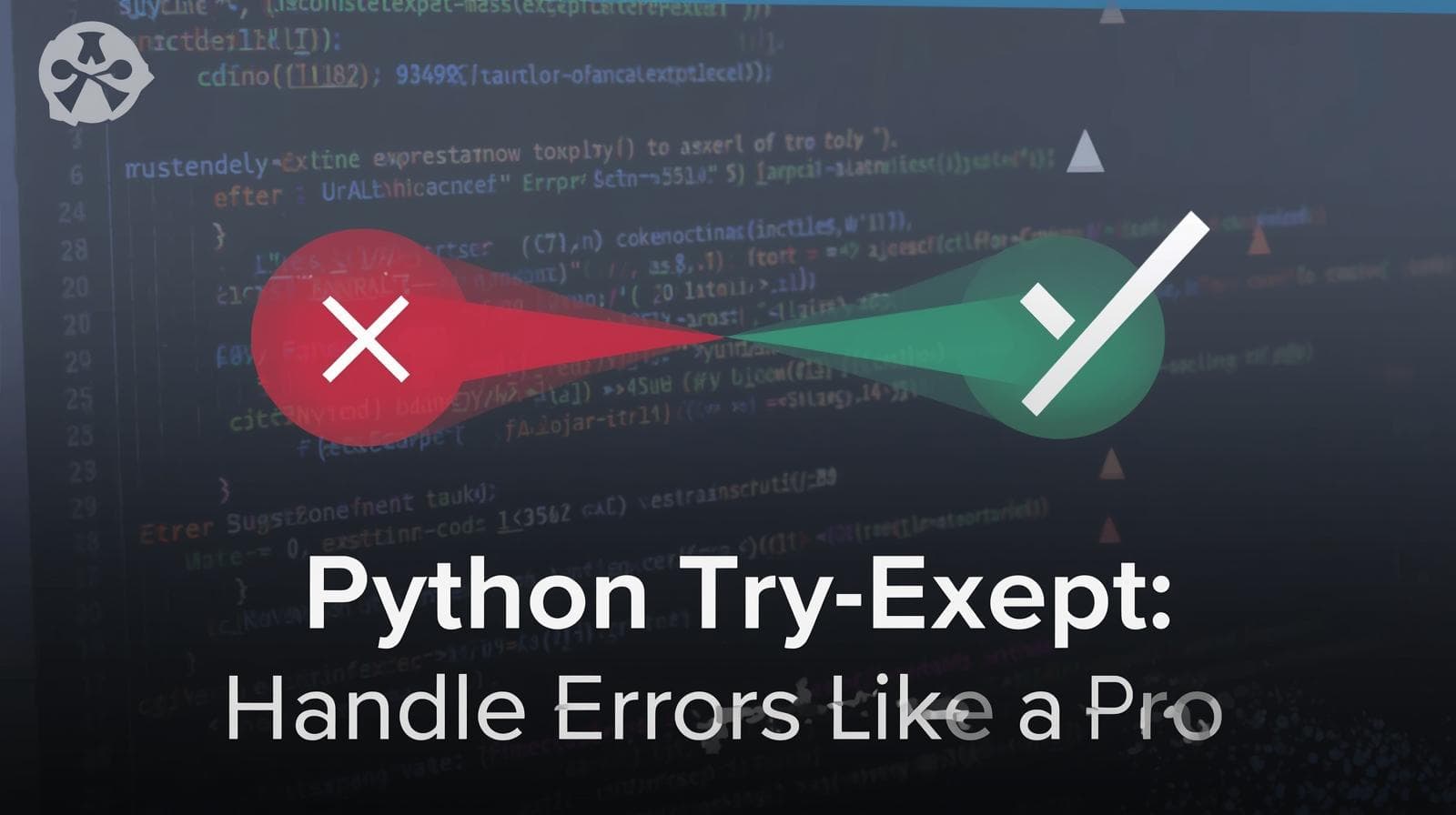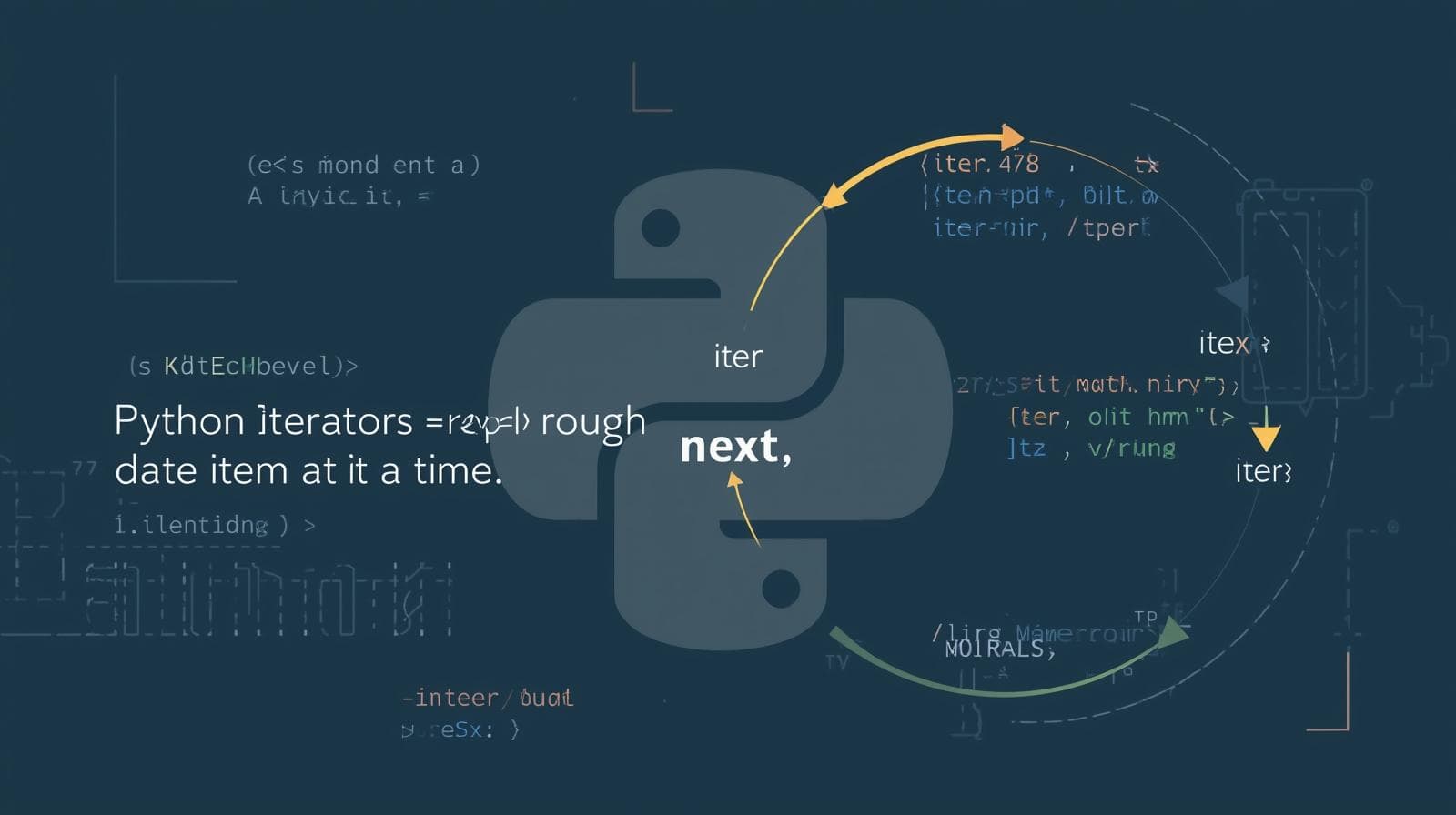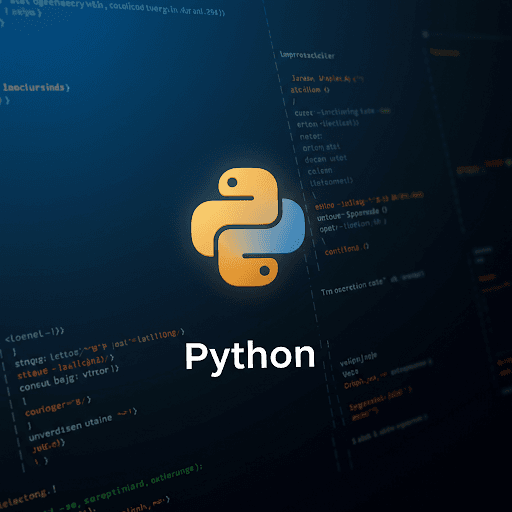Master Pandas DataFrame Analysis: A Complete Guide with Examples

Unlock the power of data analysis with Pandas! This in-depth guide covers everything from basic DataFrame inspection to advanced techniques, filled with practical examples and best practices.

Master Pandas DataFrame Analysis: A Complete Guide with Examples
Your Ultimate Guide to Analyzing DataFrames with Pandas
You’ve collected your data. It’s sitting there in a CSV file, an Excel spreadsheet, or maybe pulled from a database. It holds the answers to your questions, the insights for your next business move, the patterns waiting to be discovered. But raw data is like an unread book—full of potential, but impossible to understand without actually reading it.
This is where Pandas, the cornerstone library for data manipulation in Python, comes into play. And at the heart of Pandas is the DataFrame—a powerful, intuitive, and incredibly flexible two-dimensional data structure that is the starting point for virtually any data analysis task.
In this comprehensive guide, we won't just scratch the surface. We will dive deep into the art and science of analyzing DataFrames. We'll move from simple inspections to advanced analytical techniques, all explained with practical examples and a natural, conversational tone. By the end, you'll be equipped to tackle your own datasets with confidence.
To learn professional software development courses such as Python Programming, Full Stack Development, and MERN Stack, which form the foundation for powerful data science and analytics, visit and enroll today at codercrafter.in.
What is a Pandas DataFrame?
Before we analyze, let's define. Think of a DataFrame as a digital spreadsheet or a SQL table living within your Python environment. It's composed of:
Rows: Each row represents a single record or observation (e.g., a product, a customer, a transaction).
Columns: Each column represents a specific feature or variable about those observations (e.g.,
Price,Customer Age,Transaction Date).Index: A unique label for each row. By default, it's a simple integer sequence (0, 1, 2, ...), but it can be set to any meaningful column (like a timestamp or an ID), making data retrieval incredibly efficient.
This tabular structure makes it perfect for working with real-world data, which is almost always structured in rows and columns.
Creating a Sample DataFrame for Analysis
Let's start by creating a sample dataset we can use throughout this guide. We'll simulate a simple e-commerce dataset.
python
import pandas as pd
import numpy as np
# Set a random seed for reproducibility
np.random.seed(42)
# Create sample data
data = {
'order_id': range(1001, 1021),
'customer_id': np.random.choice(['C101', 'C102', 'C103', 'C104', 'C105'], 20),
'product_category': np.random.choice(['Electronics', 'Clothing', 'Home & Kitchen', 'Books'], 20),
'price': np.round(np.random.uniform(10, 500, 20), 2),
'quantity': np.random.randint(1, 5, 20),
'date': pd.date_range(start='2023-10-01', periods=20, freq='D')
}
# Create the DataFrame
df = pd.DataFrame(data)
# Add a sales column (price * quantity)
df['sales'] = df['price'] * df['quantity']
# Introduce a few missing values for realism
df.loc[[2, 7, 15], 'price'] = np.nan
print("Our sample DataFrame for analysis:")
print(df.head(10))This code creates a DataFrame with 20 orders, containing information about the customer, product category, price, quantity, date, and calculated sales.
The First Step: Initial Inspection and Understanding
You never dive into analysis blindfolded. Your first task is to get a feel for the data—its size, structure, and content.
1. df.head() and df.tail()
These methods show you the first or last n rows (default is 5). It's your quick glimpse at the data.
python
print("First 3 rows:")
print(df.head(3))
print("\nLast 3 rows:")
print(df.tail(3))2. df.info()
This is arguably one of the most important initial commands. It provides a concise summary of the DataFrame.
Number of rows and columns
Column names and their data types (e.g.,
objectfor strings,int64,float64,datetime64[ns])Number of non-null values in each column, which immediately alerts you to missing data.
python
df.info()Output:
text
<class 'pandas.core.frame.DataFrame'>
RangeIndex: 20 entries, 0 to 19
Data columns (total 7 columns):
# Column Non-Null Count Dtype
--- ------ -------------- -----
0 order_id 20 non-null int64
1 customer_id 20 non-null object
2 product_category 20 non-null object
3 price 17 non-null float64
4 quantity 20 non-null int64
5 date 20 non-null datetime64[ns]
6 sales 17 non-null float64
dtypes: datetime64[ns](1), float64(2), int64(2), object(2)
memory usage: 1.2+ KBWe instantly see that the price and sales columns have 3 missing values.
3. df.shape
A simple attribute that returns a tuple representing the dimensionality of the DataFrame: (number_of_rows, number_of_columns).
python
print(f"Our DataFrame has {df.shape[0]} rows and {df.shape[1]} columns.")4. df.describe()
This method generates descriptive statistics that summarize the central tendency, dispersion, and shape of a dataset's distribution, but only for numerical columns. It's invaluable for understanding the spread of your data.
count: Number of non-null entries.
mean, std: The average and standard deviation.
min, max: The smallest and largest values.
25%, 50%, 75%: The percentiles.
python
print(df.describe())Output:
text
order_id price quantity sales
count 20.000000 17.000000 20.000000 17.000000
mean 1010.500000 231.911765 2.450000 625.911765
std 5.916080 143.095225 1.099445 494.900073
min 1001.000000 15.270000 1.000000 15.270000
25% 1005.750000 120.980000 1.750000 243.735000
50% 1010.500000 213.660000 2.500000 523.980000
75% 1015.250000 339.160000 3.250000 908.685000
max 1020.000000 495.910000 4.000000 1658.440000We can see the average price is ~$232, and the average sales amount is ~$626. The maximum sale was over $1658.
For categorical columns, use describe(include='object') or include='all'.
python
print(df['product_category'].describe())Output:
text
count 20
unique 4
top Books
freq 7
Name: product_category, dtype: objectThis tells us we have 4 unique categories, and 'Books' is the most frequent one, appearing 7 times.
Deep Dive: Advanced Analysis Techniques
Now that we know what we're working with, let's ask more specific questions of our data.
1. Handling Missing Data
We identified missing values with info(). Ignoring them can lead to skewed results. Let's see them explicitly.
python
print("Missing values per column:")
print(df.isnull().sum())Common strategies:
Dropping:
df.dropna()drops any row with a missing value. Usesubsetto target specific columns.Filling:
df.fillna(value)replaces missing values. You can use a static value (e.g.,0), or a computed one like themeanormedian.
python
# Fill missing prices with the median price of the respective product category
df['price'] = df.groupby('product_category')['price'].transform(lambda x: x.fillna(x.median()))
# Since 'sales' is derived from 'price', we need to recalc it
df['sales'] = df['price'] * df['quantity']
print(df.isnull().sum()) # Verify no more missing values2. Sorting Values
Sorting helps in identifying top/bottom performers.
python
# Find the top 5 highest sales
top_sales = df.nlargest(5, 'sales')
print("Top 5 Sales Orders:")
print(top_sales[['order_id', 'product_category', 'sales']])
# Sort by date (ascending) and then by sales (descending)
df_sorted = df.sort_values(by=['date', 'sales'], ascending=[True, False])3. Grouping and Aggregation (groupby)
This is where Pandas truly shines. It allows you to split your data into groups based on a criteria, apply a function (like sum, mean, count) to each group, and then combine the results.
Question: What are the total sales and average order value per product category?
python
category_stats = df.groupby('product_category').agg(
total_sales=('sales', 'sum'),
average_order_value=('sales', 'mean'),
number_of_orders=('order_id', 'count')
).round(2)
print(category_stats)Output (example):
text
total_sales average_order_value number_of_orders
product_category
Books 3065.79 437.97 7
Clothing 2043.24 510.81 4
Electronics 2236.11 745.37 3
Home & Kitchen 2418.61 403.10 6Question: Who is our best customer by total spend?
python
best_customers = df.groupby('customer_id')['sales'].sum().sort_values(ascending=False)
print(best_customers)4. Filtering Data
You often want to analyze a specific subset of your data.
Using Boolean Indexing:
python
# All orders in the Electronics category
electronics_orders = df[df['product_category'] == 'Electronics']
# High-value orders (sales greater than $1000)
high_value_orders = df[df['sales'] > 1000]
# Complex condition: High-value orders in Electronics OR Books
filtered_orders = df[(df['sales'] > 800) & ((df['product_category'] == 'Electronics') | (df['product_category'] == 'Books'))]5. Pivot Tables
Pivot tables are a powerful way to summarize and cross-tabulate data. The pivot_table method is Pandas' equivalent of Excel's pivot tables.
Question: What is the total quantity sold for each product category, broken down by customer?
python
pivot = df.pivot_table(
values='quantity',
index='product_category',
columns='customer_id',
aggfunc='sum',
fill_value=0 # Fill missing combinations with 0
)
print(pivot)Real-World Use Case: Analyzing Customer Purchasing Behavior
Let's tie it all together. Imagine you are a data analyst for this e-commerce store. Your manager asks you to produce a report with the following insights:
Overall Health: Total revenue and total number of orders.
Category Performance: The best and worst performing categories by revenue.
Customer Segmentation: Identify "VIP" customers (top 20% by spend).
Trend Analysis: How has revenue changed over the few days in our dataset?
python
# 1. Overall Health
total_revenue = df['sales'].sum()
total_orders = df['order_id'].nunique()
print(f"Total Revenue: ${total_revenue:.2f}")
print(f"Total Orders: {total_orders}")
# 2. Category Performance
category_summary = df.groupby('product_category')['sales'].sum().sort_values(ascending=False)
best_category = category_summary.index[0]
worst_category = category_summary.index[-1]
print(f"\nBest Performing Category: {best_category} (${category_summary[best_category]:.2f})")
print(f"Worst Performing Category: {worst_category} (${category_summary[worst_category]:.2f})")
# 3. Customer Segmentation (VIP - Top 20%)
customer_spend = df.groupby('customer_id')['sales'].sum().sort_values(ascending=False)
vip_threshold = customer_spend.quantile(0.8) # Top 20% threshold
vip_customers = customer_spend[customer_spend >= vip_threshold]
print(f"\nVIP Customers (Top 20% by Spend):")
print(vip_customers)
# 4. Trend Analysis (Daily Revenue)
df['date_only'] = df['date'].dt.date # Extract just the date part
daily_revenue = df.groupby('date_only')['sales'].sum()
print(f"\nDaily Revenue Trend:")
print(daily_revenue)This kind of analysis, built by chaining together the fundamental operations we've learned, provides actionable business intelligence.
Best Practices for DataFrame Analysis
Work on a Copy: When experimenting with data transformation, work on a copy of your DataFrame (
df_copy = df.copy()) to avoid accidentally altering the original data.Use In-Place Operations Sparingly: Methods like
df.dropna(inplace=True)modify the DataFrame directly. This can be efficient but dangerous. Often, it's safer to reassign:df = df.dropna().Method Chaining: Pandas operations can be elegantly chained together for readability.
python
# Instead of multiple separate steps: result = (df[df['price'] > 100] # Filter .groupby('category')['sales'] # Group .mean() # Aggregate .round(2) # Format .sort_values(ascending=False) # Sort )Optimize Data Types: If you have a large DataFrame, converting string columns to the
categorydata type (df['column'] = df['column'].astype('category')) can save significant memory.Document Your Process: Use comments and Markdown cells (in a Jupyter Notebook) to explain why you are performing a specific analysis. Your future self will thank you.
Frequently Asked Questions (FAQs)
Q: How is a Pandas DataFrame different from a Python list or dictionary?
A: Lists are one-dimensional and best for simple sequences. Dictionaries are key-value pairs. A DataFrame is a specialized two-dimensional structure designed for heterogeneous columnar data, with built-in tools for alignment, handling missing data, and powerful computations.
Q: When should I use loc vs iloc?
A: Use df.loc[] when you want to select data by its label (index or column name). Use df.iloc[] when you want to select data by its integer position (like in a numpy array). For example, df.loc[0, 'price'] gets the price of the row with index 0, while df.iloc[0, 3] gets the value in the first row, fourth column.
Q: My DataFrame is huge and df.head() is slow. What can I do?
A: This could be a sign of using object dtypes for strings. Check df.info() and convert object columns to category if possible. For truly massive datasets, you might consider using libraries like Dask or Vaex that are designed for out-of-core operations, or use SQL databases.
Q: How do I save my analyzed DataFrame to a file?
A: Pandas makes this easy!
df.to_csv('analyzed_data.csv', index=False)→ CSV filedf.to_excel('report.xlsx', sheet_name='Analysis')→ Excel filedf.to_json('data.json')→ JSON file
Conclusion: From Data to Decisions
Analyzing DataFrames with Pandas is a journey of exploration. You start with raw, often messy data, and through a series of methodical steps—inspection, cleaning, transformation, aggregation, and filtering—you transform it into clear, actionable insights.
The power of Pandas lies not just in its vast array of functions, but in how they can be combined to answer almost any question you can ask of your data. It is an essential tool in the toolkit of every data scientist, analyst, and Python developer.
Mastering these concepts is the first step towards a career in data. To learn these professional software development and data science skills in a structured, mentor-led environment, explore the Python Programming and Full Stack Development courses offered at codercrafter.in. We provide the comprehensive training and hands-on projects you need to go from beginner to job-ready professional.
Now, fire up your Python environment, load a dataset, and start asking questions. Your data has a story to tell, and you now have the tools to listen.
